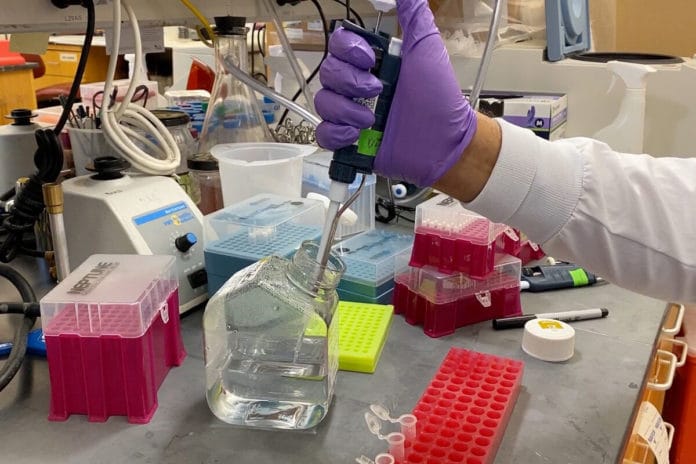In new work, scientists from Harvard University reported that they have successfully restored vision in mice by resetting the cells’ aging clock. Also, scientists successfully reversed vision loss in animals with a condition mimicking human glaucoma.
The accomplishment represents the first successful endeavor to invert glaucoma-induced vision loss instead of merely stemming its progression. And it is expected that the method could pave the way for therapies to promote tissue repair across various organs and reverse aging and age-related diseases in humans.
Senior author David Sinclair, professor of genetics in the Blavatnik Institute at Harvard Medical School, said, “Our study demonstrates that it’s possible to safely reverse the age of complex tissues such as the retina and restore its youthful biological function.”
“The findings remain to be replicated in further studies, including in different animal models, before any human experiments. Nonetheless, the results offer a proof of concept and a pathway to designing treatments for a range of age-related human diseases.”
“If affirmed through further studies, these findings could be transformative for the care of age-related vision diseases like glaucoma and to the fields of biology and medical therapeutics for the disease at large.”
Scientists used an adeno-associated virus (AAV) as a vehicle to deliver into the retinas of mice three youth-restoring genes — Oct4, Sox2, and Klf4. These genes are typically switched on during embryonic development.
The treatment had different helpful impacts on the eye. To begin with, it advanced nerve regeneration following optic-nerve injury in mice with damaged optic nerves. Second, it reversed vision loss in animals with a condition mimicking human glaucoma. Also, third, it reversed vision loss in aging animals without glaucoma.
In this study, scientists theorized that if DNA methylation does control aging, then erasing some of its footprints might reverse the age of cells inside living organisms and restore them to their earlier, more youthful state.
Overcoming an important hurdle
Lead study author, Yuancheng Lu, a research fellow in genetics at HMS and a former doctoral student in Sinclair’s lab, developed a gene therapy that could safely reverse the age of cells in a living animal. The work was inspired by the Nobel Prize-winning discovery of Shinya Yamanaka.
Yamanaka identified the four transcription factors, Oct4, Sox2, Klf4, c-Myc, that could erase epigenetics markers on cells and return these cells to their primitive embryonic state from which they can develop into any other type of cell.
Ensuing examinations, in any case, indicated two significant setbacks. When utilized in adult mice, the four Yamanaka elements could likewise prompt tumor development, delivering the methodology perilous. Second, the factors could reset the cell state to the most primitive cell state, in this manner, eradicating a cell’s identity.
Lu and colleagues addressed these problems by slightly modifying the approach. They dropped the gene c-Myc and delivered only the remaining three Yamanaka genes, Oct4, Sox2, and Klf4. The revised approach successfully reversed cellular aging without fueling tumor growth or losing their identity.
Gene therapy is applied to optic nerve regeneration
In this study, scientists targeted cells in the central nervous system since it is the first part of the body affected by aging. After birth, the ability of the central nervous system to regenerate declines quickly.
To test whether young animals’ regenerative capacity could be imparted to adult mice, scientists delivered the modified three-gene combination via an AAV into retinal ganglion cells of adult mice with optic nerve injury.
The treatment resulted in a two-fold increase in the number of surviving retinal ganglion cells after the injury and a five-fold increase in nerve regrowth.
Lu said, “At the beginning of this project, many of our colleagues said our approach would fail or would be too dangerous ever to be used. Our results suggest this method is safe and could potentially revolutionize the treatment of the eye and many other organs affected by aging.”
Scientists noted, “if their findings are confirmed in further animal work, they could initiate clinical trials within two years to test the efficacy of the approach in people with glaucoma. Thus far, the findings are encouraging, researchers said. In the current study, a one-year, whole-body treatment of mice with the three-gene approach showed no negative side effects.”
Journal Reference:
- Lu, Y., Brommer, B., Tian, X. et al. Reprogramming to recover youthful epigenetic information and restore vision. Nature 588, 124–129 (2020). DOI: 10.1038/s41586-020-2975-4
